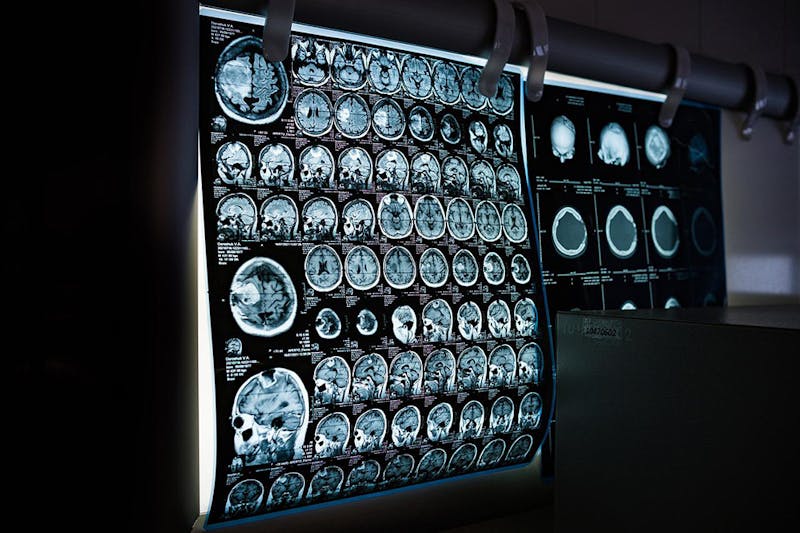
X-rays are one of the most commonly used diagnostic tools in the medical field. They allow doctors to see inside the body without having to perform surgery. However, doctors can misread X-rays much like any other diagnostic test or tool. In fact, despite the tremendous advancements in radiological science, data suggests that radiologists still misread X-rays 3-5% of the time.
The likelihood of errors also increases during the night shift hours of the day versus a lower chance during the day shift hours. Unfortunately, these mistakes can have devastating consequences for wrongfully diagnosed patients. You may be able to file a malpractice lawsuit if you or a loved one has been injured due to a radiologist’s mistake.
Common Injuries That Radiologists Frequently Misdiagnose
Individuals may suffer a wide variety of injuries that require an X-ray to correctly diagnose them, including:
- Broken bones – X-rays can help doctors determine the severity of the break and whether or not surgery will be necessary.
- Internal bleeding – This is a severe injury that can often be difficult to diagnose without an X-ray. If left untreated, internal bleeding can be fatal.
- Organ damage – Our bodies rely on our internal organs to function optimally to help keep us safe and alive. X-rays and other imaging can help doctors detect if organ damage has occurred and its extent so they can adequately devise a treatment plan.
If a radiologist misreads an X-ray and fails to diagnose a patient properly, it could have life-threatening consequences for the victim.
Illnesses That Radiologists Often Misdiagnose
A study published by the National Institutes of Health (NIH) sought to delve a bit deeper into some of the more common radiologic misdiagnoses. Researchers determined that aside from broken bones such as fractured cervical spines, femurs, and navicular bones, missed cancer diagnoses were high up on the list.
Some of the cancers most commonly misdiagnosed by radiologists were found to be:
- Lung cancer
- Colorectal cancer
- Breast cancer
- Bone cancer
Researchers determined that radiologic misinterpretation or abnormality oversight accounts for an estimated 50% of radiologists’ medical practice cases.
Subsequent research has revealed that patients who appear in hospital emergency rooms (ERs) often initially go misdiagnosed, return for treatment after their condition worsens, and then finally receive an accurate diagnosis. Researchers discovered that radiologists most commonly misdiagnose neurologic or digestive diseases in these instances.
Common Reasons Radiologists Make X-ray Interpretation Errors
Before we delve into the reasons errors occur, we should first try to help you understand the difference between a discrepancy and an error.
A discrepancy is when two radiologists disagree based on their interpretation of an image. An error is when a radiologist makes a mistake in interpreting imaging. In other words, they should have been able to make the correct diagnosis but did not.
To that end, there are four main categories of errors that occur when reading an X-ray:
- Technique or image acquisition errors – These are mistakes made during the X-ray process and could be due to human error or a malfunctioning machine.
- Perceptual errors – These are errors that are made when a radiologist is interpreting the X-ray image. Mistakes could be due to poor lighting, an unclear image, or a radiologist simply not paying attention.
- Cognitive errors – These are errors made when a radiologist is making a judgment about the X-ray image. This could be due to a lack of experience, fatigue, or simply not having enough information about the patient’s medical history or demographics.
- Communication errors – These are errors made when a radiologist is communicating X-ray results. This could be due to a language barrier, poor handwriting, or an error in the electronic medical record.
As hinted at earlier in this article, incorrect radiologic interpretations seem to occur most frequently in hospital emergency rooms. Research shows that radiologists misdiagnose patients’ conditions at least 36% of the time. This is 24% more often than what occurs in any other environment.
When To Contact a Personal Injury Law Firm
If your initial doctor’s visit didn’t reveal any severe injuries or illnesses, you should still watch for any changes in your health. It’s not uncommon for injuries or illnesses to take days or even weeks to develop. Pain and other adverse symptomology may become more acute in this span of time.
If you begin to experience any new or worsening symptoms, please contact your doctor immediately. If it’s determined that medical malpractice was the cause of your injuries, you may be entitled to compensation for your medical bills, lost wages, and pain and suffering. A lawyer can help you recover damages if a doctor’s negligence has resulted in your health decline.
If your health decline has caused you to endure excessive pain and suffering or has led to a life-threatening prognosis, then you may be eligible for more compensation. You’ll need to be able to prove that your radiologist reached a diagnosis that deviated from what a similarly trained physician in the same area here in Arkansas would have to prove negligence occurred.
Keep all documentation of your medical appointments, test results, and treatments to give to your lawyer. You can speak with an experienced one at McMath Woods P.A. today by filling out our contact form.

